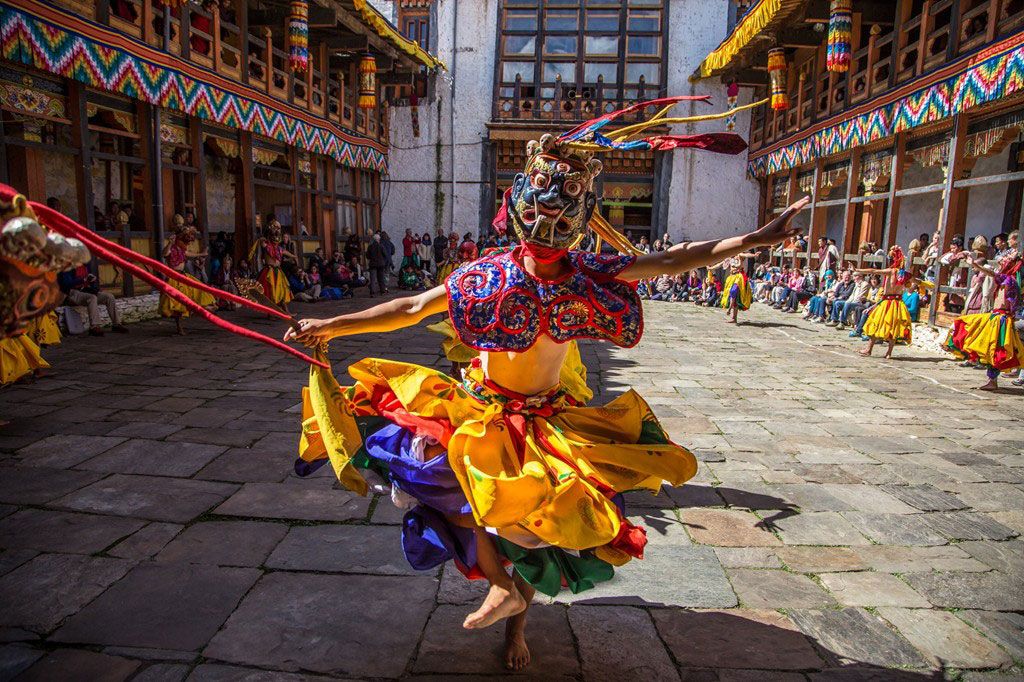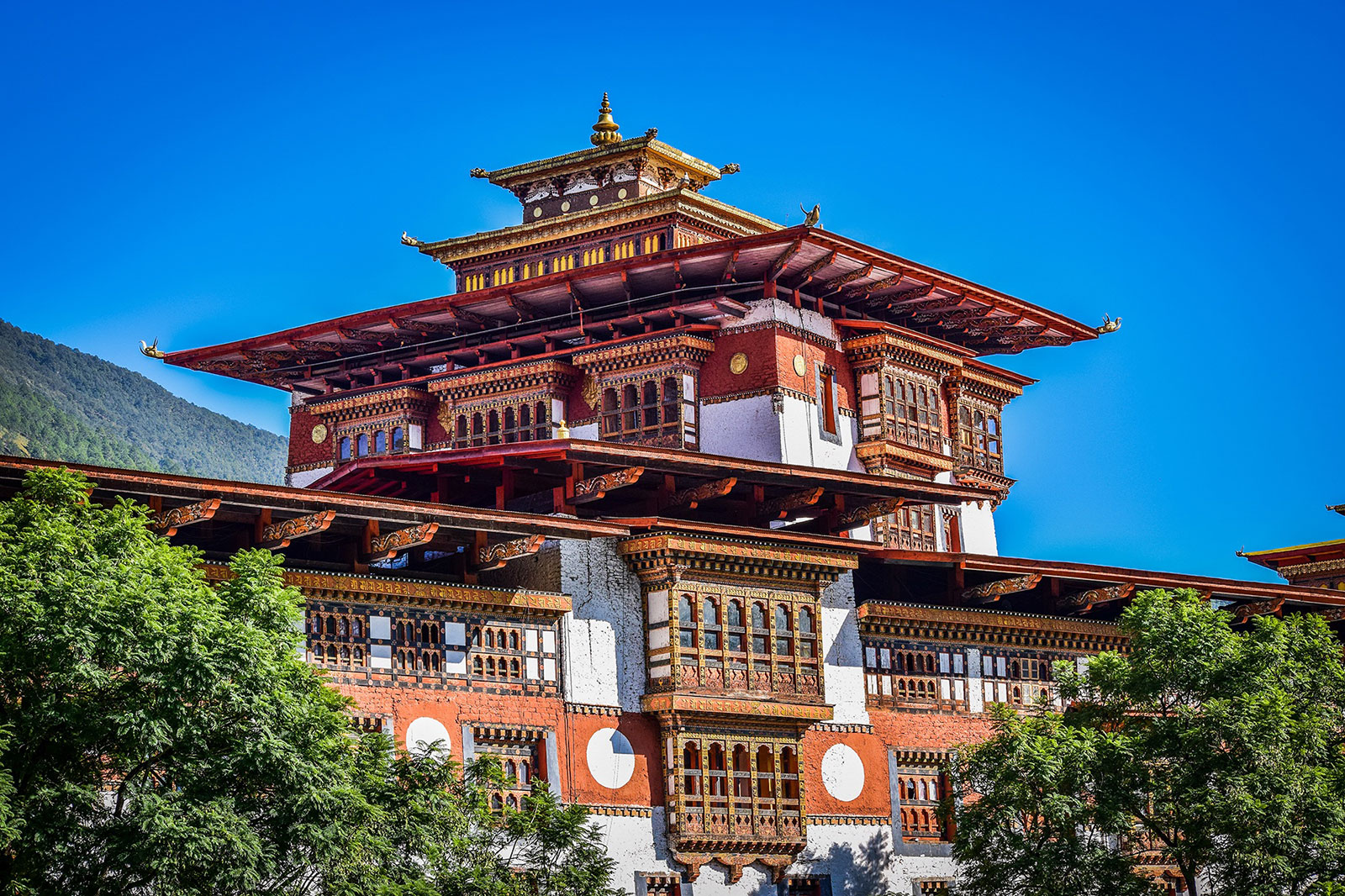Tourists and trekkers on Bhutanese food .“Hot and spicy and choices are limited” is what many tourists complain on Bhutanese food
When it comes to selecting meals in most restaurants in Bhutan, international tourists complain on the lack of variety in choices of food items. Although a major chunk of money earned from tourism went into food, Bhutan is yet to see significant improvement in food industry.
A tourist pays a daily tariff of USD 225 and they are often served buffet that consists of about nine items comprising rice, noodles, continental cuisine, ema datshi (chilli and cheese) and two meat items.
However, in central Bhutan, tour operators said the buffet items were fewer and lacked diversification, which was why guests complained of the monotonous menu throughout the region.
Last year’s tourism monitor survey stated that while a majority of tourists expressed satisfaction with the quality and diversity of food and restaurants in the country, the remaining 32 percent felt it was average or poor in quality and diversity.
About 10,556 international visitors were surveyed last year in an exit survey where it was pointed out that food and restaurants needed more diversification and improvement.
“Some specifically mentioned the buffets in hotels and restaurants were repetitive and monotonous with limited choices on the menu,” the report stated. “The finding illustrates the need to improve quality of chefs and food businesses to respond to the standards international visitors prefer.”
Tour operators keep a baseline of about USD eight to 10 a head, per meal on food.
Should a tourist wish to eat outside the buffet and the expenses cross the baseline amount, they have to bear the extra charges themselves.
“It’s not necessary to have meals from the same hotel where tourists are put up,” one tour operator said. “We choose hotels based on the standard and services it claims it provides.”
In some cases, when travelling beyond Thimphu and Paro, guides usually arrange lunch and dinner.
“This could also compromise on the quality of food as guides tend to take the guests to hotels which gives them better commission,” a tour operator said.
Etho Meto tours and treks director Sangay Wangchuk said except for Thimphu where different restaurants have begun cropping up, other places especially in the central and east lacked decent places to eat, especially for tourists.
“My guest tells me that irrespective of the different regions they might visit, they leave the country eating basically the same thing they were introduced to when they first entered the country,” another tour operator said.
A hotelier in Thimphu said most kitchen staff in the country lacked training and professionalism.
“There’s always a Bhutanese touch to all menus be it Indian or continental,” he said.
All Bhutan Connection’s Tshering Dhendup said so far the complaints he received from his guests were concerning food.
“For instance, everything with noodles is considered Chinese in our country,” he said. “We have raised this issue but nothing is being done about it.”
Restaurant owners said most tour operators negotiated on the food and sought free food and accommodation for their guides and drivers.
“To make up for that, hotels usually compromise on the quality of food,” a hotel owner in Paro said.
Another hotel owner in Thimphu said tour operators ought to pay their bills on time before demanding that we improve the quality of the food we serve.
Last year, 105,407 regional and international tourists visited the country, an increase of 64.62 percent from the previous year.
Of the total, 54,685 were international or Dollar paying tourists and 50,722 were regional visitors from the neigbouring countries of India and Bangladesh.
As of last year, there were 123 Tourism Council of Bhutan accredited hotels and resorts with a capacity of 2,749 rooms, or 5,464 beds every night and 163,290 in a month.
Paro has the highest number of hotels, resorts and guesthouse at 37 followed by Thimphu with 27 and 23 in Bumthang.









